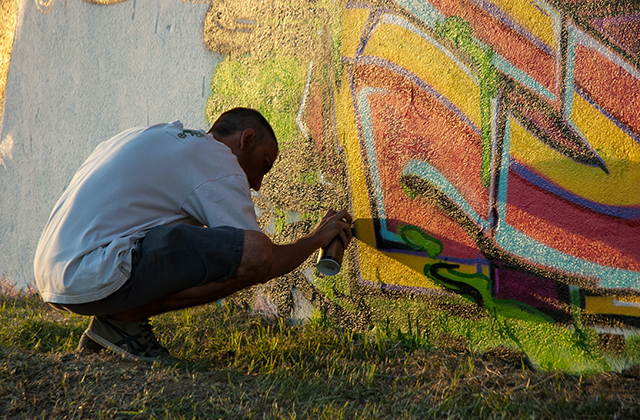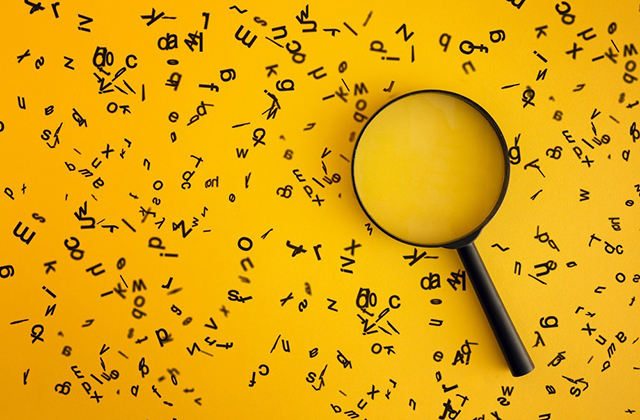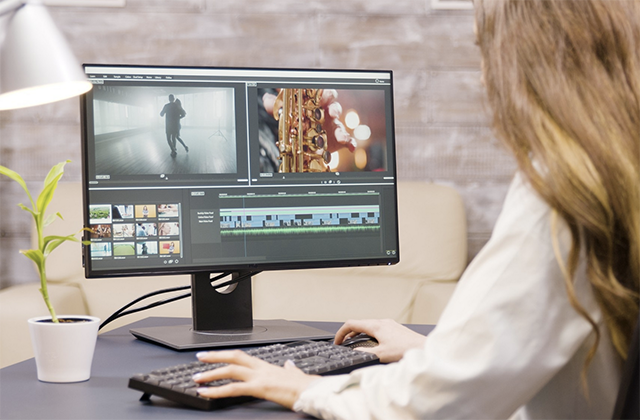With so many choices, it can be difficult to choose the right look for your blog. There are so many things to consider: color scheme, typography, and layout. Luckily, there are a few films that can teach us how to design our site in the most effective way possible. Sometimes a concept boards doesn’t need to be cinematic but the most important is the story.
When designing a website, it’s important to know what kind of film you’re making. Are you making a thriller? A comedy? A drama? Once you’ve decided on your genre, you’ll be able to find inspiration from some of the best films in that category.
The following 7 cinematic styles will help you create a unique design that reflects your brand:
- Noir
- Musical
- Comedy
- Animation
- Documentary
- Western/Drama/Action/Adventure/War Film
- Horror
Neo-realism – The movement that began in Italy after World War II and focused on the everyday lives of ordinary people. This style is characterized by natural lighting, handheld cameras and minimal sets.
Expressionism – A German film movement that was popular between 1920 and 1940. This style is characterized by abstract sets and costumes, exaggerated acting and themes of insanity or death.
Surrealism – A French film movement that was popular from 1921 to 1941. This style is characterized by dreams, nightmares, irrationality and unconscious desires.
Fantastic realism – A Latin American film movement that began in the 1960s and focused on magic realism or fantasy elements in films. This style is characterized by absurdity, social commentary and magical realism elements such as supernatural powers or creatures such as werewolves or vampires.
Hyperreality – A Japanese film movement that began in the 1990s with directors such as Takashi Miike who use hyperrealistic special effects to create highly stylized worlds where anything can happen including unrealistic events like a man being eaten alive by piranhas while trying to escape prison guards chasing him down a highway!
The film industry has been around for nearly 100 years and has changed dramatically over that time. One of the most important elements of any film is the cinematography, which is the art of creating images for a movie or television production.
Cinematography includes everything from lighting to camera angles, which can be used to create certain moods in a scene or movie. The camera angle is also known as the perspective, which can change how you view a scene as well as what you see in it.
If you aren’t familiar with cinematic styles, here are some examples that may help:
Tilting – Tilting the camera up or down will change how tall your subject appears on screen. For example, tilting up when talking to someone sitting down will make them look shorter than they are in reality. Tilting down could make them look taller than they actually are or even make them seem intimidating if they’re standing over you while talking.
Dutch Angle – This type of angle makes an object appear off-kilter or unstable and gives a sense of uneasiness within a scene. It’s often used by directors to add tension or suspense but can also be used for comedic effect if done correctly!
If you’re a fan of film, then you know there are many different ways to make a movie. The same goes for your blog. You can use different styles to create unique and engaging content.
There are seven main cinematic styles that you can use to create your own unique style: Documentary, Mockumentary, Biopic, Crime Thriller, Film Noir, Romantic Comedy and Epic Fantasy.
Documentary is one of the most popular styles used in film today. It’s all about telling stories that are real and raw. This style is used by companies like Vice Media who have built their business around telling interesting stories about real people doing interesting things.
Mockumentary is another popular style used in film today. It uses fictional elements mixed with documentary footage to tell a story that feels real but isn’t actually real (think Borat). This style is used by companies like College Humor who want to make people laugh while they tell them something important about themselves or their lives.
The cinematic style of a movie is the overall look and feel of the film. A film’s cinematography can be broken down into several categories. Here are seven major styles that you can use as inspiration for your blog design:
Classic Hollywood – This style has been around since the early days of filmmaking, and it’s still popular today. Classic Hollywood films have very obvious story lines with a clear beginning, middle and end. They also typically have simple plots with characters who are easily identifiable by their actions or appearance (think Indiana Jones).
Golden Age – The Golden Age was characterized by its use of long shots that allowed viewers to see everything that was going on in an environment without needing any narration or voiceover to explain what they were seeing. There was also an emphasis on real locations instead of sets, so many classic films were shot outdoors on location rather than in studios. More info about the cinematic styles in film making.
Naturalism – Naturalism takes place in real-world settings rather than fictional ones, which means there’s no need for special effects or costumes because everything looks exactly like it would in real life (or at least how we imagine it would).




